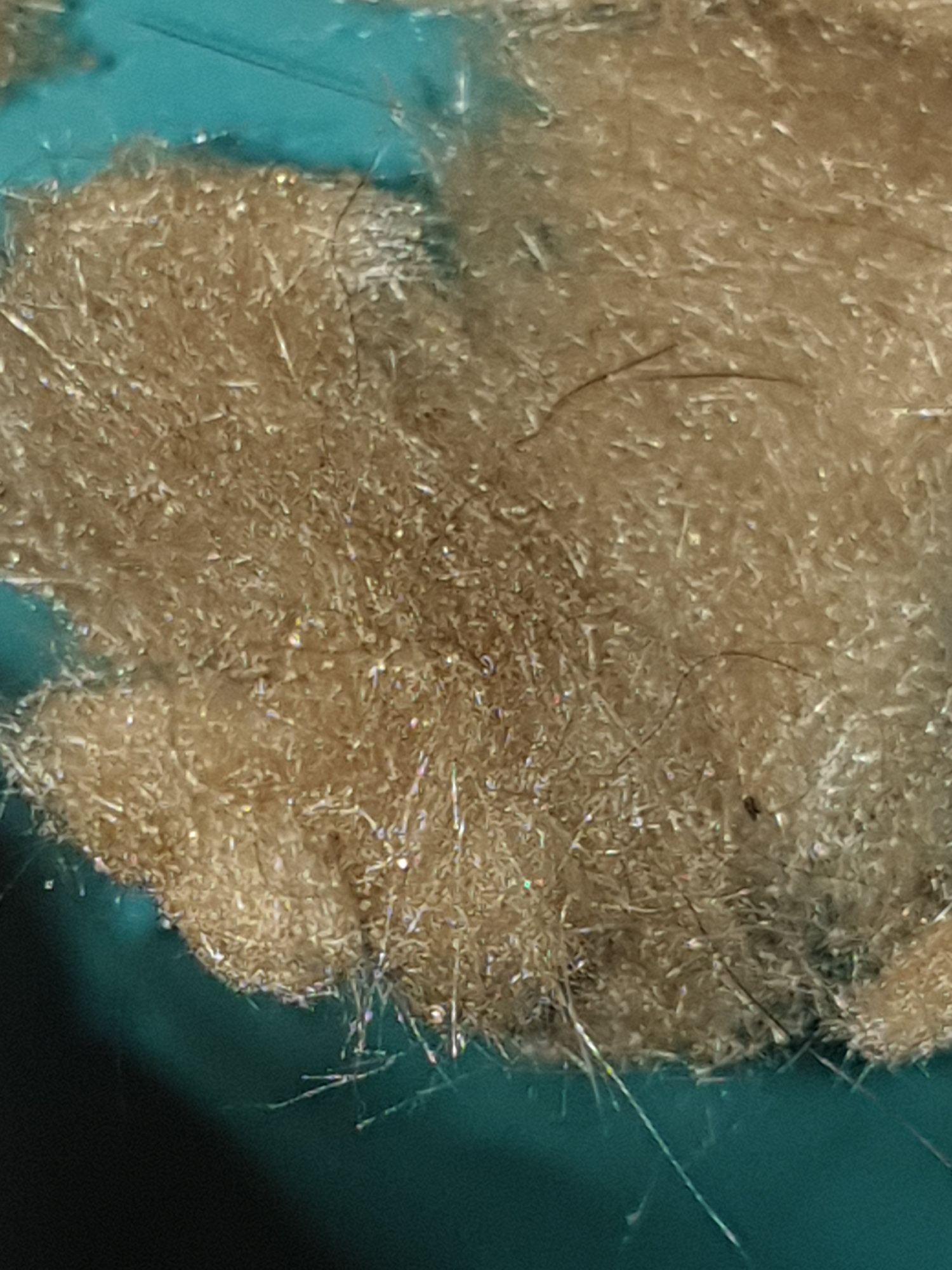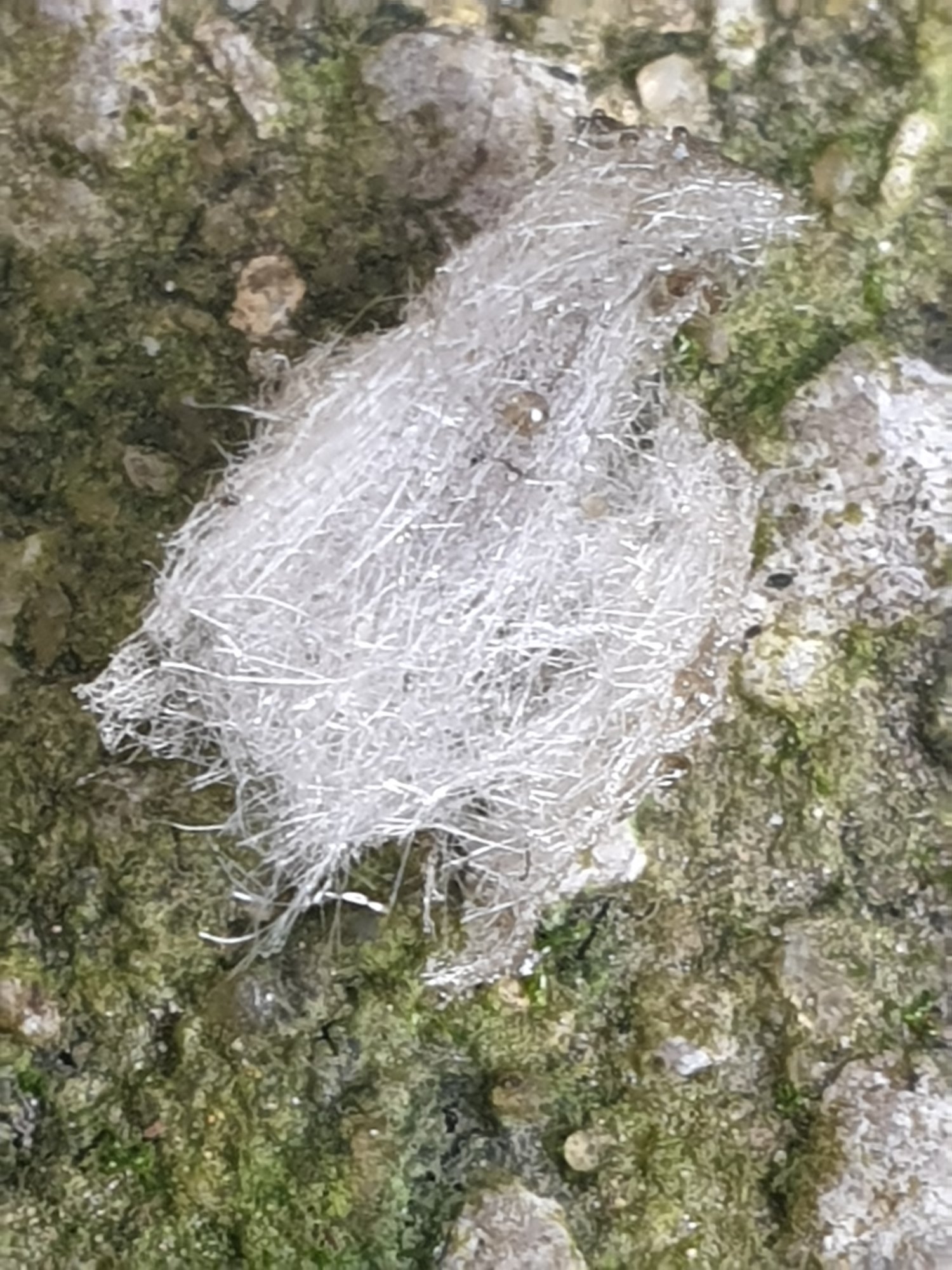- Joined
- 19 Feb 2018
- Messages
- 23
- Reaction score
- 1
- Country

Hi,
We are shaping up the home a bit and opened up the old cabinet that leads to the hot water tank (not used).
One of our cats likes to wander in there and got closed in, so has shredded the damn thing.
This boiler jacket could have been installed in the 60s, but likelihood is 70s to 80s. Am I correct in assuming that this is fibreglass insulation inside the jacket.
I want to start removing it but wondering if I need a respirator in case there is a risk (asbestos containing material)? I imagine if asbestos was used in this application it would be with a binder and maybe applied as paste instead of as a jacket? Have anyone here come across asbestos in this application?
Does this look like fibreglass to you? Here is a link to a video of the stuff, and some images down below. Anything to worry about here or just fibreglass?
We are shaping up the home a bit and opened up the old cabinet that leads to the hot water tank (not used).
One of our cats likes to wander in there and got closed in, so has shredded the damn thing.
This boiler jacket could have been installed in the 60s, but likelihood is 70s to 80s. Am I correct in assuming that this is fibreglass insulation inside the jacket.
I want to start removing it but wondering if I need a respirator in case there is a risk (asbestos containing material)? I imagine if asbestos was used in this application it would be with a binder and maybe applied as paste instead of as a jacket? Have anyone here come across asbestos in this application?
Does this look like fibreglass to you? Here is a link to a video of the stuff, and some images down below. Anything to worry about here or just fibreglass?












